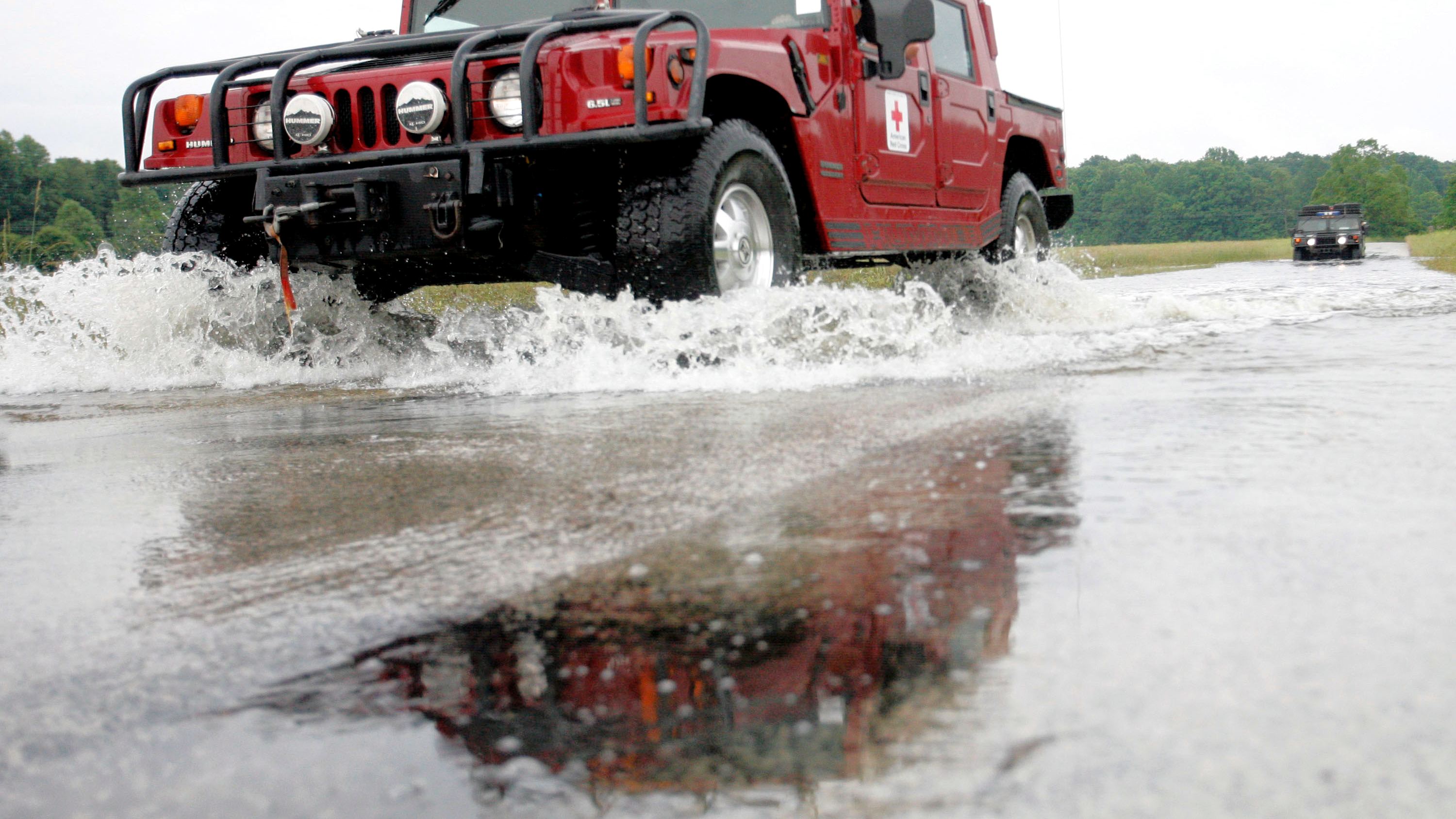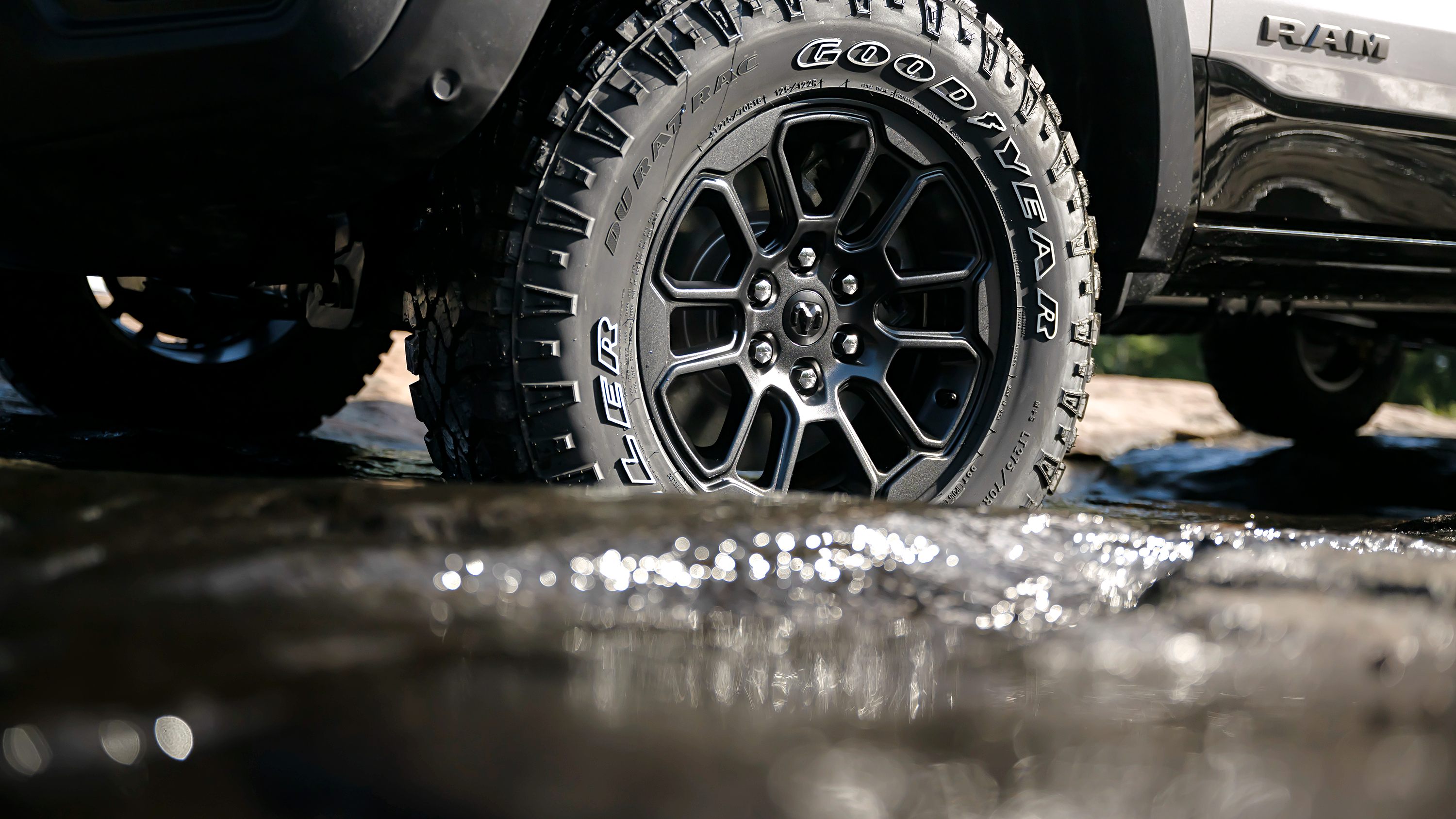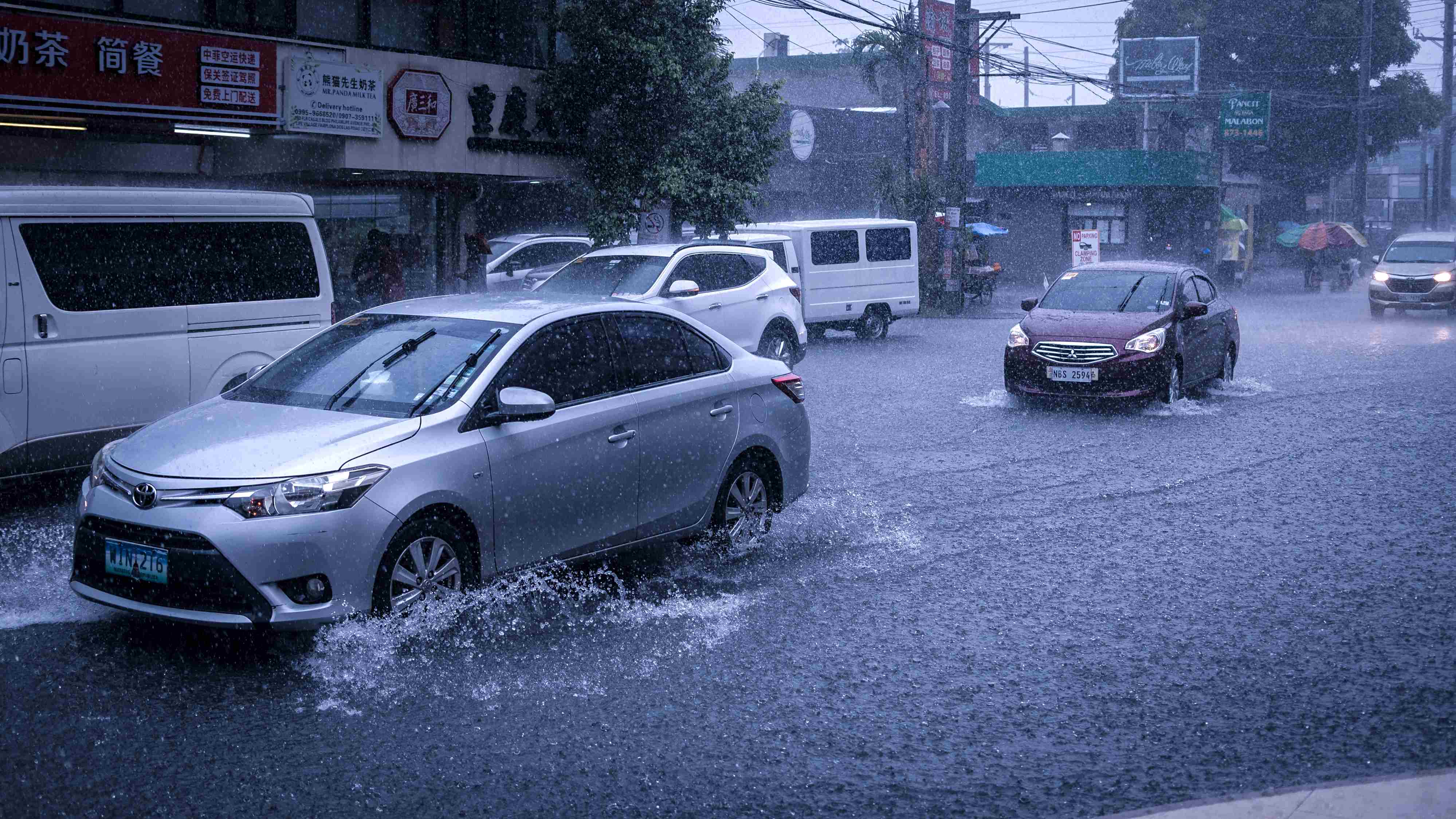The Motorist Guide to driving on flooded roads
Understand the risks of driving through floodwater and know how to respond, so you can turn a potential disaster into a minor inconvenience.
Urban drivers in the Philippines know how quickly the rainy season can turn streets into rivers. Whether you're heading home from work or stuck in city traffic, deep puddles and flash floods are often unavoidable.
But what about the most expensive and panic-inducing situations? Such as when your car suddenly stalls after driving through floodwater and won't start again.
What causes a car to stall in floodwater?
1. Hydrostatic lock
Water enters the air intake and the combustion chamber. Since engines are built to compress air, not water, the pistons could bend or break, leading to catastrophic engine damage.
2. Electrical system failure
Floodwater can short out critical components like the ECU, sensors, fuse box, and alternator, disabling the vehicle entirely.
3. Battery and starter damage
Water could corrode battery terminals or damage the starter motor, leaving you completely stranded.

Can you safely drive through floodwater?
Before you end up in trouble, ask yourself: Should I even attempt this? Knowing how to assess water depth and drive smart might save your engine and your wallet.
Precautions when driving through flooded roads
1. Use low gear and drive slowly
This prevents water from splashing into the engine and helps you maintain control.
2. Avoid sudden acceleration or braking
This could cause skidding or damage the braking system.
3. Never stop in deep water
If the engine stalls, do not attempt to restart it, which could cause serious internal damage.
4. Test your brakes afterward
Lightly pump the brakes to help dry them out.
If your car stalls in water, do this:
1. Stop immediately
Don't try to push through. Turn off the engine right away.
2. Shift to Neutral or Park, and push out (only if safe to do so)
Move your car to higher ground if possible.
3. Disconnect the battery
If accessible, cut the power to prevent electrical shorts.
4. Call roadside assistance or your insurance provider
Most comprehensive-policies cover flood-related incidents.
5. File an insurance claim
Comprehensive coverage typically includes water damage repairs.

Remember: Do not restart the stalled engine
This is the most common and most costly mistake. If water has entered the combustion chamber, restarting the engine could damage it beyond repair.
Best cars for flood-prone areas
- SUVs and PPVs, thanks to their higher ground clearance and better engine placement.
- Pickup trucks, thanks to their toughness and good clearance unless overloaded.
Final reminders: Prevention is power
- Avoid water deeper than half your wheel height.
- Drive slowly and in low gear.
- Never rev the engine while in floodwate
- Steer clear of flood-prone areas after heavy rain.
- Stay safe and keep your engine.
Motorist can help you sell your car and get a free valuation.
